After a few days of the surprise announcement of Ubuntu Touch OS, the mobile version of the popular Linux distribution, Canonical unexpectedly announced the tablet version of the OS as well, simply called Ubuntu for Tablets. A developer preview version was said to be released for the Nexus 7 and Nexus 10, and it was finally launched on 21st February along with the smartphone version for the Nexus 4 and Galaxy Nexus.
Similar to the now discontinued MeeGo and the new BlackBerry 10 OS, Ubuntu places a heavy focus on multitasking, allowing easy switching between open applications. A major feature that also takes cues from the aforementioned OS is that the user experience is based around gestures and doesn’t need any hardware navigation buttons, as everything is done via swipes from the edge of the display.
The primary gestures used in the OS are as follows:
- A swipe from the left edge of the display brings up the launcher, which is basically shortcuts to your favourite apps as well as the homescreen.
- A swipe from the right edge of the display switches between all open apps in an endless loop.
- A swipe from the bottom edge brings up application-specific commands, which are usually brought up using the menu button on other OS.
- Finally, similar to Android, a swipe from the top opens the status bar, which shows notifications from apps and also allows toggling things like Wi-Fi, Bluetooth, etc.
Ubuntu has a different take on a homescreen – it displays different types of content right on different pages, such as recently played movies or music, people contacted, running apps, and of course the usual list of all the apps installed on the OS. It looks quite beautiful to be honest, with everything neatly organised and easily accessible, much like the tiles-based homescreen on Windows Phone.
Another important feature of Ubuntu for tablets is multi-window multitasking, similar to multi-window on Samsung devices and on Windows 8. Based on the fact that phone apps don’t fit well on a tablet, Ubuntu allows users to dock those phone apps – such as the dialer and even full-blown tablet apps – in a small part on one side of the screen, with a proper tablet app running on the remaining part. Multitasking is a major focus of the OS and this feature makes it even better if you use Ubuntu on a tablet.
While the gestures in the OS might sound like too much for some people, they’re actually quite effective once you get used to them, allowing to switch between apps in a jiffy. Ubuntu runs native code, including QML and HTML5, which also means that when it finally ships on devices in early 2014, it will be quite smooth and fast even on not so powerful hardware and make multitasking a fun and productive affair.
Nexus 7 and Nexus 10 owners can give the preview version of the OS a try, and we’ve prepared step-by-step instructions to help you easily install it on your tablet. But before we proceed to the instructions, there are a few things you must know.
First, this is an early developer preview build of Ubuntu for Tablets and as such most of the things do not work and/or are just screenshots/placeholders. The list of things that are expected to work is given below.
Things that work:
- Shell and core applications (Gallery, Browser, etc)
- Connection to the GSM network (on Galaxy Nexus and Nexus 4)
- Phone calls and SMS (on Galaxy Nexus and Nexus 4)
- Networking via Wifi
- Functional camera (front and back)
- Device accessible through the Android Developer Bridge tool (adb)
It’s also a bit buggy and can restart sometimes, specially when too many apps are opened as RAM usage is not yet optimized for these devices. Also, both the Nexus 7 and Nexus 10 have some issues specific to each tablet, which are mentioned below (the updated list can be seen on Ubuntu’s release notes page).
Device Specific Issues:
Nexus 10
- Taking pictures with the camera application causes an issue with audio. The volume indicator and volume keys will not work to control the sound until reboot.
- People lens sometimes comes up empty after first flashing the device and booting. Rebooting fixes the issue.
Nexus 7
- Runs in portrait mode by default (no side stage)
- Camera, video decoding and audio output do not function.
- Greeter screen is misaligned.
- No multi-user login.
It’s likely most will be wanting to go back to Android after an hour or two, so unless you are really interested in trying out a new OS no matter how limited or buggy it may be, it’s probably a good idea to wait for more stable and functional builds to come out.
Now, make sure you’ve read the list of issues and other details above, then proceed with the instructions below to install Ubuntu for tablets on your Nexus 7/10.
Compatibility
The procedure described below is only for the Nexus 7 and Nexus 10. Do not try it on any other device.
Warning!
The methods and procedures discussed here are considered risky, so try them out at your own risk, and make sure to read each step carefully before attempting anything. We will not be held responsible if anything goes wrong.
How to Install Ubuntu for Tablets on Nexus 7/Nexus 10
- The procedure to install Ubuntu involves wiping the data on the device, including everything on your internal storage. First, backup installed apps and personal data such as contacts, messages, bookmarks, etc, by referring to our Android Backup Guide for help. Then, copy everything from the SD card to your computer.
- The tablet’s bootloader will need to be unlocked to flash the ROM. You can unlock the bootloader on your Nexus 7 by following the guide → here or the Nexus 10 → here. Make sure you took a backup in step 1 as this will wipe all data from the tablet and reset it to factory settings. Skip this if you already have the bootloader unlocked.
- You should have ClockworkMod (CWM) or TWRP recovery installed on your tablet to install the ROM. If not, follow this guide to install it on your Nexus 7, or this guide for your Nexus 10. The instructions will assume you are using CWM recovery, though TWRP recovery will work equally well.
- Download Ubuntu from the official downloads page. You will need to download two files:
- Main Ubuntu OS file: This file is named quantal-preinstalled-phablet-armhf.zip and is around 500 MB in size.
- Device file: This is the needed file for your particular device, and it’s named quantal-preinstalled-armel+grouper.zip for the Nexus 7 and quantal-preinstalled-armel+manta.zip for the Nexus 10. Make sure to download the correct one – the one with mako in the file name for the Nexus 7, or the one with maguro in the file name if you have a Nexus 10.
- Copy both the main Ubuntu OS file (quantal-preinstalled-phablet-armhf.zip) and the device file to the tablet.
- Reboot the tablet into CWM recovery. To do that, turn off your tablet and boot into the bootloader mode. Follow the instructions for your device below to find out to do that:
- Nexus 7: Hold down the Volume down and Power buttons together till the screen turns on. Then, using the volume buttons, scroll to the Recovery mode option, then select it using the power button to reboot the tablet into CWM recovery.
- Nexus 10: Hold down the Volume Up + Volume down + Power buttons together till the screen turns on. Then, using the volume buttons, scroll to the Recovery mode option, then select it using the power button to reboot the tablet into CWM recovery.
- [Important] Now, you should make a backup of your currently installed ROM. This is a backup of the whole ROM and will restore the tablet to the state it was in before you flash Ubuntu OS in case you want to go back to Android, unlike the backup in step 1 which only restores apps and personal data. To take a backup, select Backup and Restore,then select Backup again. Go back to main recovery menu after backup is complete.
- Select wipe data/factory reset, then select Yes on next screen to confirm. Wait a while till the data wipe is complete (this will only wipe installed apps and settings, but will not wipe files on the SD card).
- Select install zip from sdcard, then select choose zip from sdcard. Scroll to the device file (downloaded in step 4.2) and select it. Confirm installation on the next screen. NOTE: You might need to select “/0″ first in order to see the files on the SD card.
- After installation is complete, select choose zip from sdcard again, then select the main Ubuntu OS file (downloaded in step 4.1) to install the actual OS. This will take some time, up to 10 minutes.
- After installation completes, go back to the main recovery menu by selecting go back, then select reboot system now to reboot the tablet. The screen will go blank for a few seconds after the Google logo, after which Ubuntu will boot up.
- Going back to Android: In case you want to go back to Android after trying out Ubuntu, turn off the tablet and boot into recovery (see step 6). Then, select the backup and restore » restore option, then select your ROM backup and confirmation restoration. This will restore your Android ROM, after which you can reboot the tablet to go back to using your tablet normally.
That’s it. Ubuntu should be up and running on your Nexus 7 and Nexus 10. Not many things are working at this point, but you should get a pretty good idea of how Ubuntu will work, so don’t forget to explore everything inside. If you run into any issues while installing, leave a comment and we’ll do our best to help you out.
Be sure to check out the official Ubuntu for tablets website for all the features of the OS.

![Install Ubuntu for Tablets on Nexus 7 and Nexus 10 [Guide]](/content/images/wp-content/uploads/2013/02/ubuntu-tablet.png)


![Solution For Quiz - Where Did the Dragon Hall Deal a Major Blow to the Khitan Navy [Where Winds Meet]](/content/images/2026/01/1-15.png)



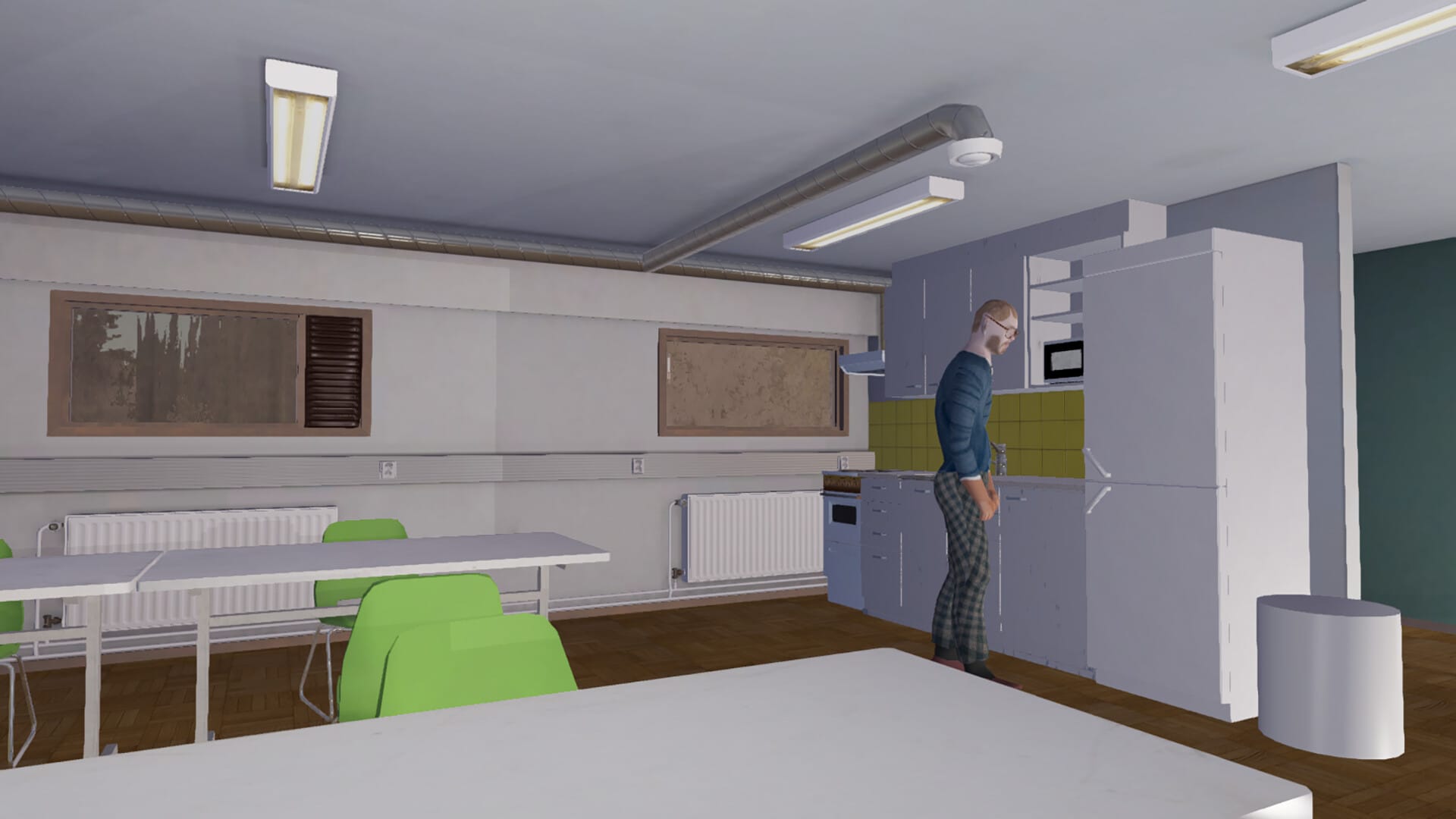

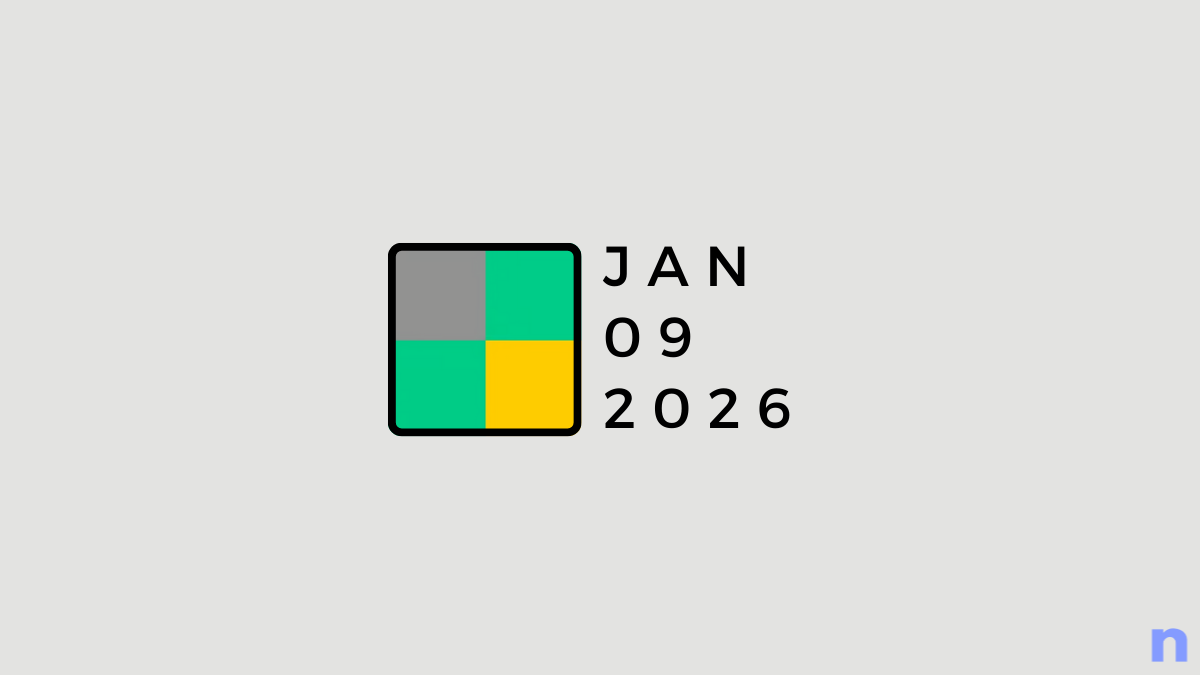
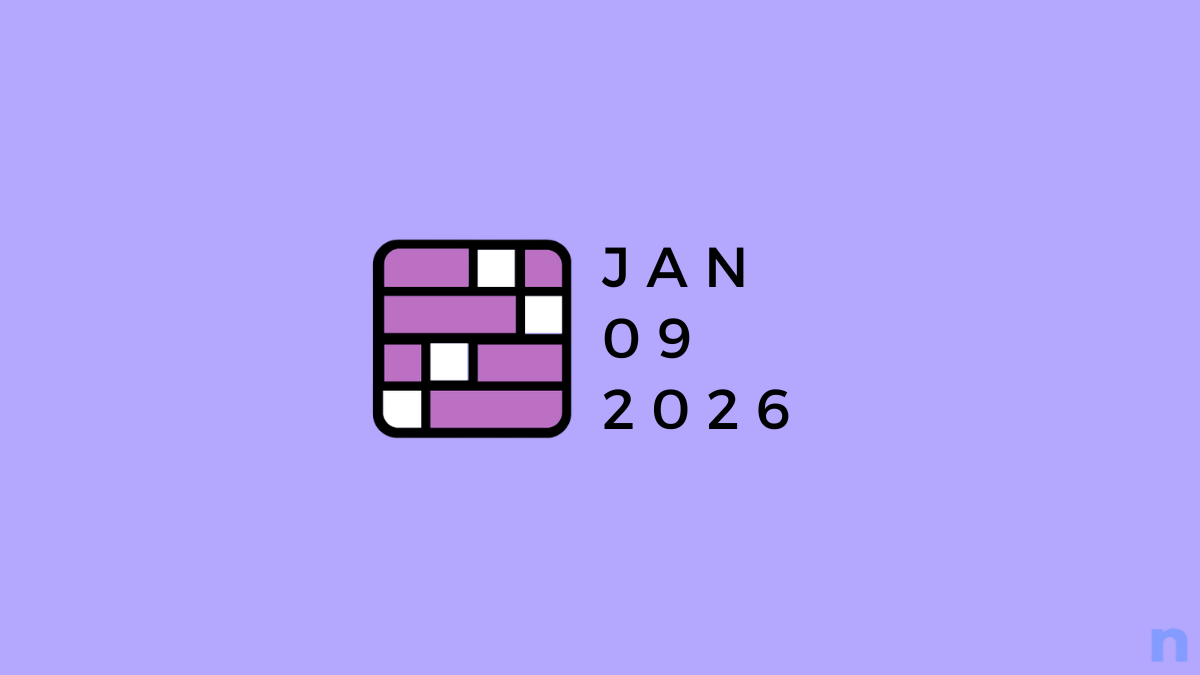
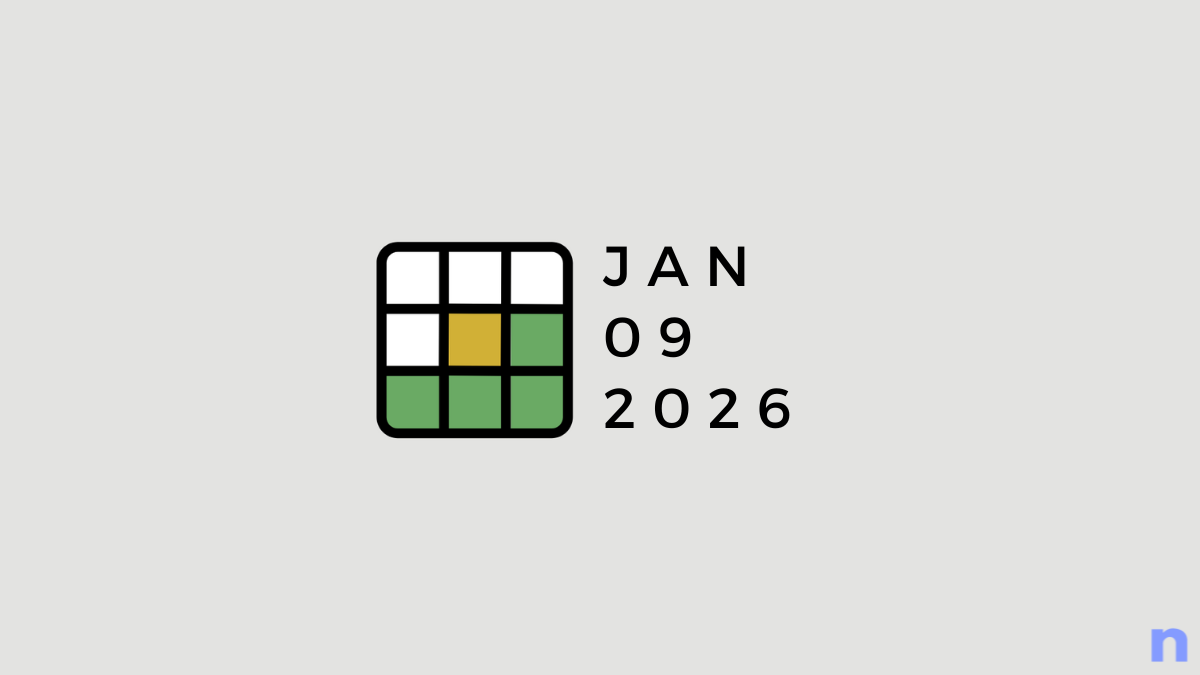
Discussion